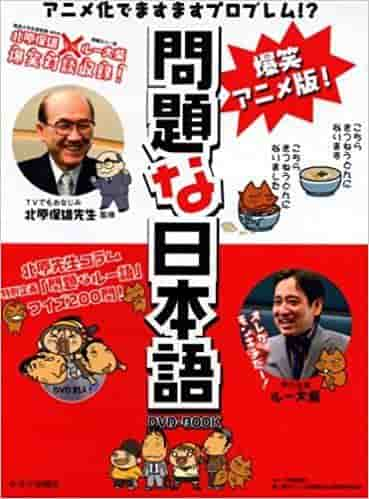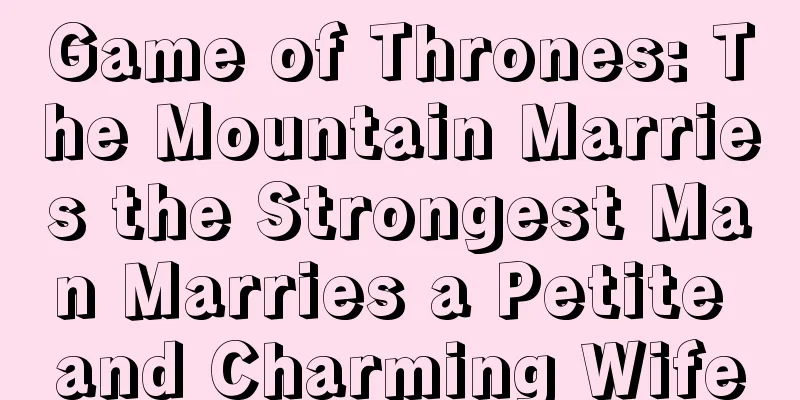The charm of glittering, thin and flickering: Evaluating the new brilliance of Minna no Uta

"Gira Gira, Hyoro Hyoro, Chika Chika" - A historic piece of Minna no Uta"Gira Gira to Hyoro Hyoro to Chika Chika" is a short animation that was broadcast in April 1964 as part of NHK's "Minna no Uta" series. This work left a strong impression on viewers through its unique visuals and music. Below, we will provide detailed information and evaluation of this work, as well as a detailed explanation of its historical background and influence. Overview"GiraGira to Hyorohyoro to ChikaChika" was broadcast on NHK Educational TV (now NHK E-Tele). It is a short animation with only one episode, lasting only two minutes. It was produced by Shuichi Nakahara, and the copyright belongs to NHK. Story and visualsThe story of this work is very simple, and just as the title suggests, it is a visual expression of the words "glaring," "thin and thin," and "flickering." The animation uses abstract shapes and colors to embody these words. For example, "glaring" is depicted as a shining image, "thin and thin" as a long, swaying image, and "flickering" as a flashing image. In terms of visuals, the film makes full use of 1960s animation techniques, but also uses abstract expressions that are reminiscent of modern art. The colors are vivid, the movements are rhythmic, and the film is visually enjoyable. This type of visual expression left a strong impression on both children and adults. Music and lyricsThe music is intimately connected to the visuals of the work. The lyrics are simple, repeating the words "glaring," "slimming," and "chikachika," but the rhythm and melody are very catchy and integrate with the visuals. The composer is not specified, but it is likely one of the many talented composers who have worked on the music for NHK's "Minna no Uta" series. Historical background and influence"Gira Gira to Hyoro Hyoro to Chika Chika" was broadcast in Japan in 1964. This was the year the Tokyo Olympics were held, and Japan was in the midst of rapid economic growth. Televisions were beginning to spread to ordinary households, and children's programs were becoming more diverse. "Minna no Uta" played an important role in providing educational content to children through music and animation. This work had a major influence on the later "Minna no Uta" series in terms of its fusion of visual expression and music. In particular, the abstract visual expression stimulated children's imagination and helped to develop artistic sensibilities. It can also be said that the way it created a strong impression in a short period of time influenced the production of later short animations. Ratings and Recommendations"GiraGira to Hyoro Hyoro to ChikaChika" is a work that leaves a strong impression on viewers with its unique visuals and music. It is especially valuable in stimulating children's imaginations and cultivating artistic sensibilities. In addition, the abstract expressions that make full use of the animation techniques of the 1960s have something in common with modern art works, making it enjoyable for adults as well. Here are some reasons why I recommend this film:
Related works and recommendation listIf you enjoyed "GiraGira to Hyorohyoro to ChikaChika," we also recommend the following related works. These works were also produced as part of the "Minna no Uta" series, and are characterized by their fusion of visual expression and music.
summary"Gira Gira to Hyorohyoro to Chika Chika" is a work with particularly unique visuals and music among the NHK "Minna no Uta" series. The visual impact and the sense of unity with the music are extremely valuable in stimulating children's imaginations and cultivating artistic sensibilities. In addition, this work, which was broadcast in Japan in 1964, had a major influence on the later "Minna no Uta" series and short animations, and its historical value should also be appreciated. For those who enjoyed this work, we also recommend related works such as "Zou-san," "Great Old Clock," and "Pata Pata Mama." These works are also characterized by the fusion of visual expression and music, and are sure to leave a strong impression on viewers. |
>>: "Musicians of the Mountains": A thorough analysis of the appeal and emotion of the songs
Recommend
Time Magazine reviews the top 10 movies of 2019: Pain and Glory tops the list
Time magazine selected the top ten films of 2019,...
Spider-Man: Into the Spider-Verse 2 Officially Previews Spider-Man and Gwen Continue Their Adventures
Recently, the Chinese trailer and stills of Spide...
"One Piece" will hold its first ice show in history and is scheduled to open this summer
The official website of the extremely popular ani...
Young Tokugawa Ieyasu: Appreciating the fusion of history and drama
"Boy Tokugawa Ieyasu": The appeal of hi...
A thorough review of Dayan, Tama and the Flying Cat: A Tale of Three Cats! Which cat is the most charming?
The appeal and reviews of "Dayan, Tama and t...
"My Happy Marriage" Review: A moving love story and deep characters
"My Happy Marriage" - A touching love s...
The Monster Hunter movie has been filmed and the director promises that players will be surprised
The live-action movie "Monster Hunter" ...
"Kodomo no Omocha" review: A moving story and charming characters
"Kodomo no Omocha": The appeal and eval...
"Loki" Season 2 mid-season promo: There are two episodes left and the plot will reach its climax
"Loki" Season 2 mid-season trailer: The...
AI Genetics: Evaluating the Fusion of Innovative Technology and Storytelling
"AI's Legacy" - A new masterpiece d...
The Appeal and Evaluation of "The Tongue-Cut Sparrow": A Modern Interpretation of a Classic Fairy Tale
The charm and reputation of the Tongue-Cut Sparro...
The hit movie of the year "The Blink of an Eye" will be released on May 17
After the Kung Fu sci-fi film "The Universe&...
"BLACK LAGOON: Roberta's Blood Trail Episode 3" Review: Fierce battles and deepening characters
"Black Lagoon Roberta's Blood Trail Zero...
"Godzilla 2: King of the Monsters" new trailer shows the cute fat man and the three-headed monster fighting each other
Today, "Godzilla 2: King of the Monsters&quo...
"Nezha: The Devil Child Comes into the World" Selected for the Oscars for "Best International Film"
Recently, foreign media reported that China has s...









